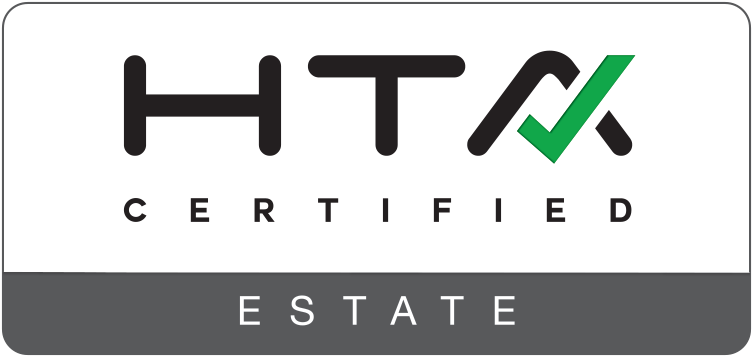Can Smart Home Devices Be Hacked?
Smart home devices should provide your family with a sense of security and comfort. By the end of this year, there will be approximately 44.7 million smart households in the U.S. alone; chances are, you probably own a couple of these devices. Cyberspace has converged with our realities, and many people can’t envision their lives without a digital personal assistant, robot vacuum cleaner, or talking thermostat. As our homes become smarter, their security becomes more vulnerable.
Keep on reading to find out if hackers can break into your smart home.
House Hacking Is More Plausible Than You Think
That new, perfectly packaged gadget you just bought can serve as a passage into your home, and you probably don’t know it. Burglars have migrated to cyberspace where they can have remote access to your abode from the comfort of their couch. Unfortunately, smart devices can open the door for hackers who want to break in.
Learn more about smart home device hacking and how you can safeguard your home.
1. Check Permissions When You Install a Device
Most smart home devices have generous data permissions set as their default. Each time you add a new one, read the privacy settings to ensure you’re only sharing certain information. For extra security, you can use a non-identifiable login that’s not connected to other accounts or services.
2. Keep an Eye out for Security Updates
Manufacturers usually release software updates monthly with bug fixes that can improve your device’s performance and security. Depending on the device, you’ll get notified when one is available, but it’s best to check manually to make sure you’re getting the most out of your devices.
Criminals usually go on hacking sprees when there are known vulnerabilities, and their first targets are devices that have not been updated in months.
3. Pay Extra Attention to Devices that Are Always On
Some smart devices are always turned on when they’re plugged in, which is how they rapidly spring into action when they hear a prompt. Much like data permissions, these settings can be restricted, so consider looking into them, so you’re not under constant surveillance.
Additionally, you should also disable the device’s location services. Even if this might inconvenience you, it’s better to be safe than spied on.
4. Change up Your Passwords
Use a different password for each device and avoid using any distinct numeric sequences such as “1234.” One of the best ways to boost its security is by using sentences or phrases as passwords.
Many people aren’t a fan of multi-factor authentication, as they may find it tedious and time-consuming. However, being able to verify your identity using multiple devices is a surefire way of preventing strangers from accessing them. Best of all, you can pick a verification method that works best for you, such as:
- Receiving a code through your smartphone
- Answering a security question
- Using your fingerprint
- Facial recognition
Limit system administration rights to only you and your spouse. Your children and guests should have limited access to a non-trusted system administration account.
Keep Your Devices Separate
Typically, hackers use unsecured devices to breach other parts of a network. Maintain a specific wireless network for your smart home devices to prevent hackers from using a compromised device to access your main one. Your router should allow you to create a secondary network with a separate name and password.
Has Anyone’s Home Been Hacked Into?
One couple in Wisconsin found out about a smart home device hacking the hard way. A hacker tampered with their thermostat and raised their home’s temperature throughout the day. Although this may sound innocuous, the hacker was also able to access an indoor camera that was linked to the same system like the smart thermostat.
You wouldn’t want the same to happen to your home, so it’s best to follow the preventative measures mentioned above.
Which Devices Are Most At-Risk for Being Hacked?
Not all smart home devices are created the same, and some are more susceptible to hacking than others.
The most vulnerable devices are outdoor devices with embedded computers that lack security protocols. Garage door openers, wireless doorbells, and smart sprinklers can all be compromised by a neighbor, stranger driving through your street, or someone with a Wi-Fi transmitter.
The second most vulnerable devices are ones that go inside your home and are controlled through a smartphone app such as smart bulbs, security cameras, smart switches, baby monitors, smart door locks, personal assistants, and smart thermostats. They can be hacked into due to the weaknesses in their communication protocols and vulnerable entry-points.
Third most vulnerable devices include kitchen appliances, such as refrigerators and ovens, are less likely to be attacked, but it can still occur.
Contact AMT Integration
Hackers are always searching for new ways to breach into devices, and even the most technologically savvy people may fall victim to their schemes. It’s important to let a professional install your smart home devices because they can install them in the most secure manner.
AMT Integration is a full-service residential and commercial custom electronics design and integration company. Our smart home technology solutions can make your home or business safe, elegant, and easy to use. Contact us today for all your home and business automation needs.







